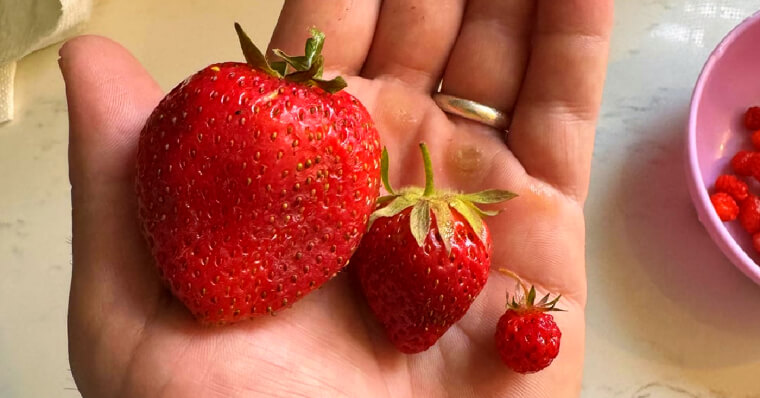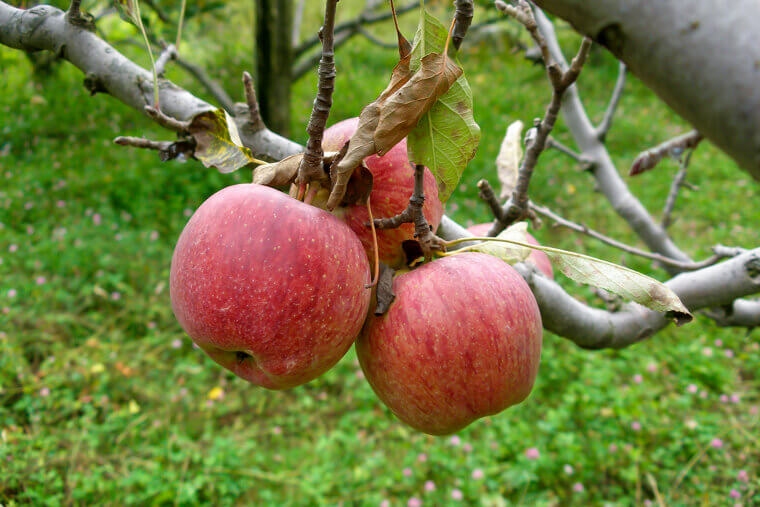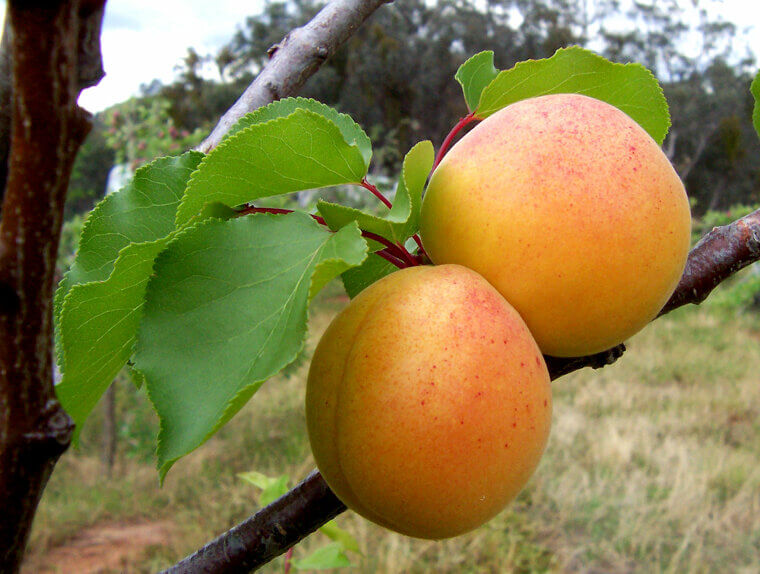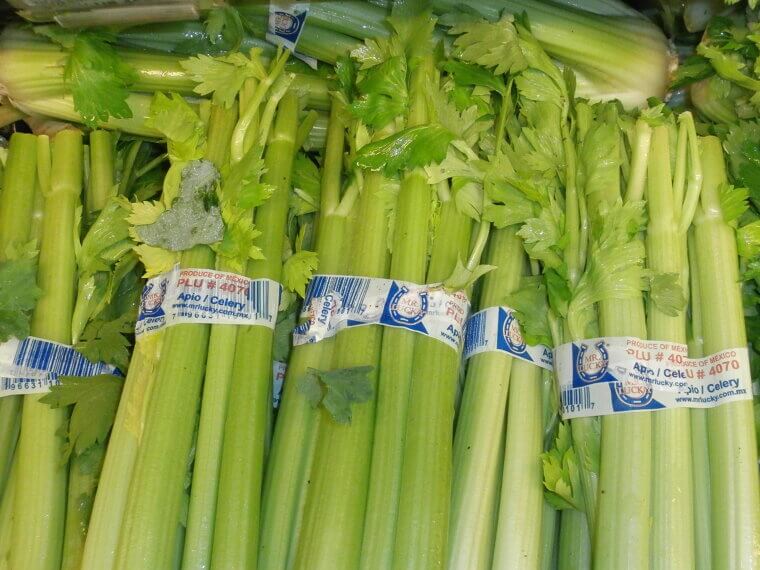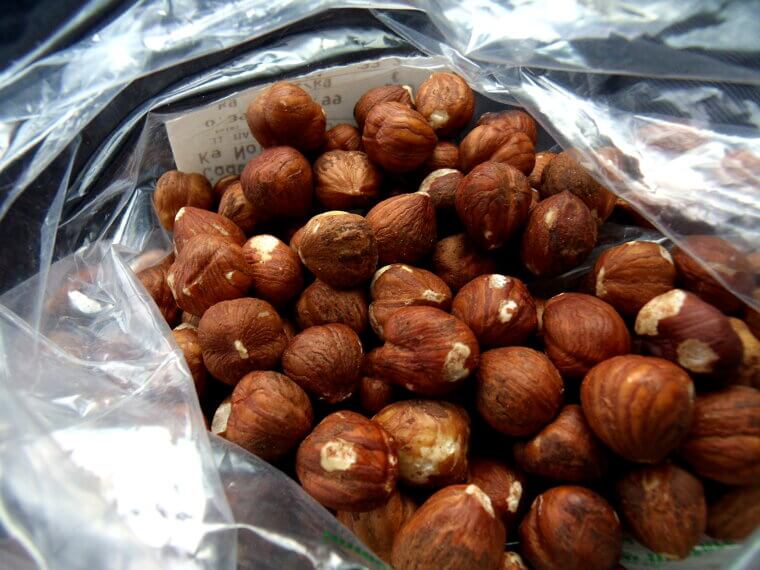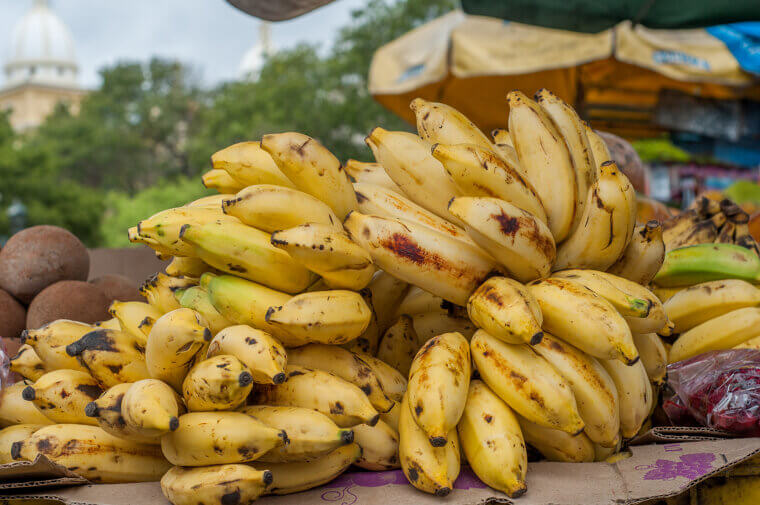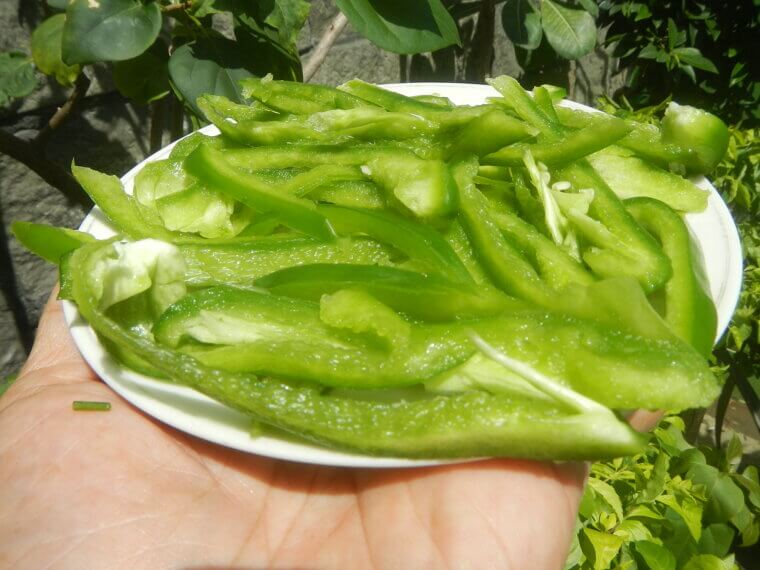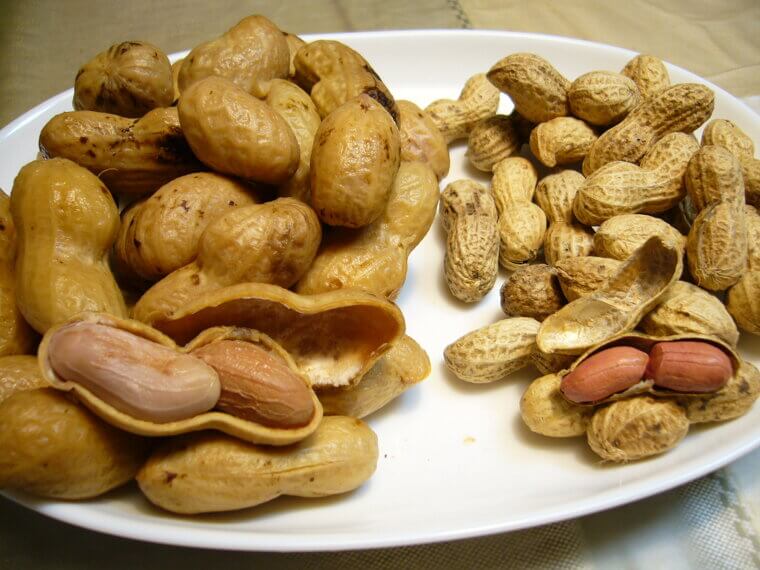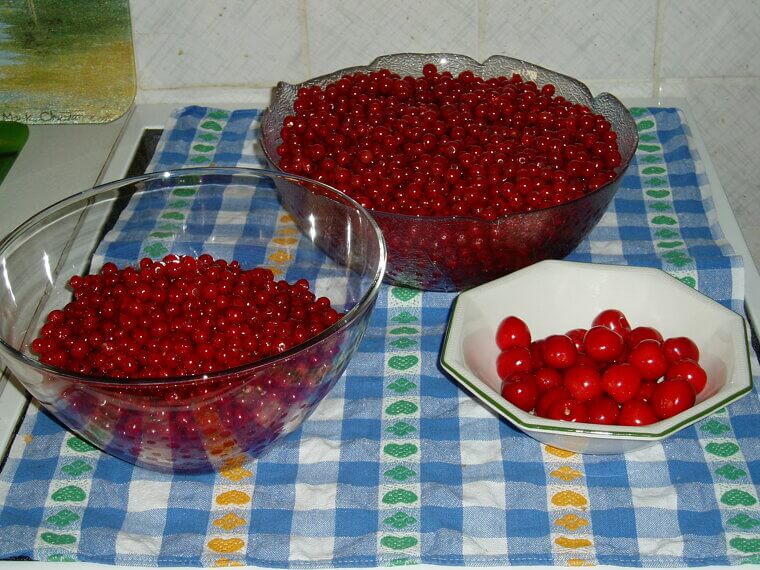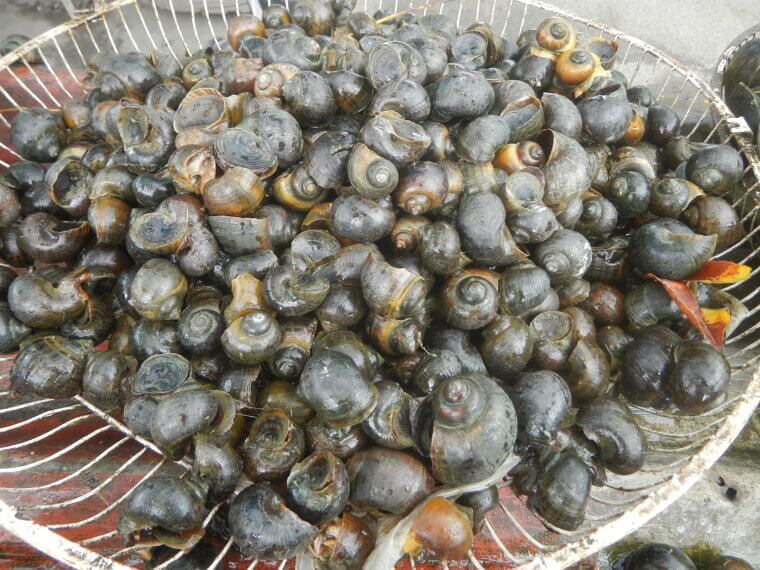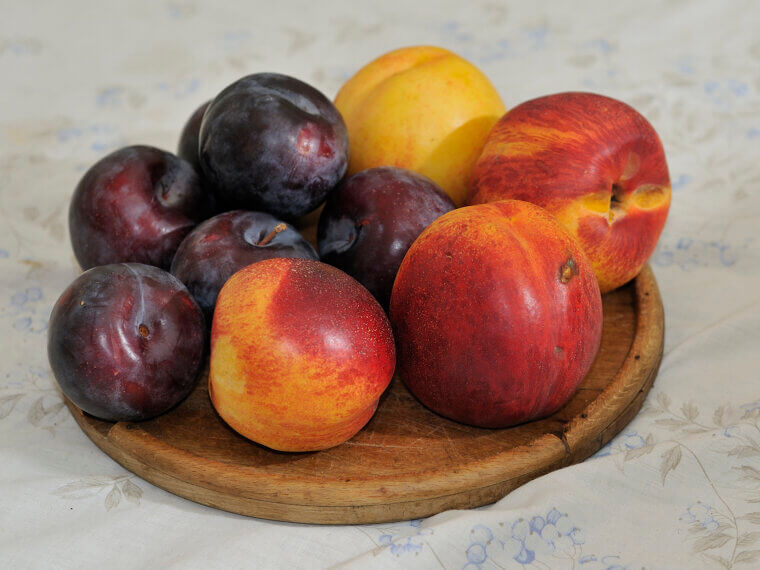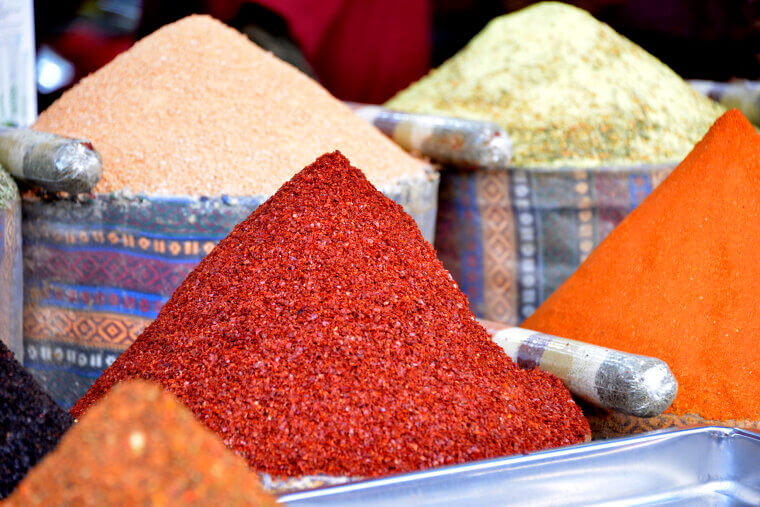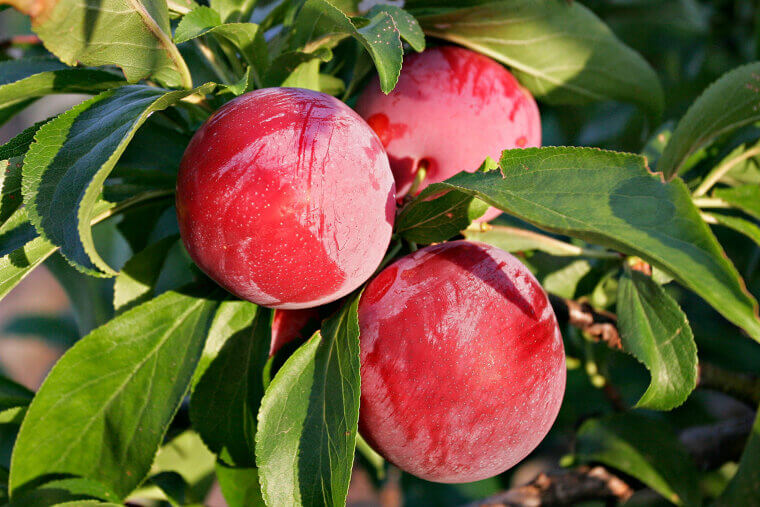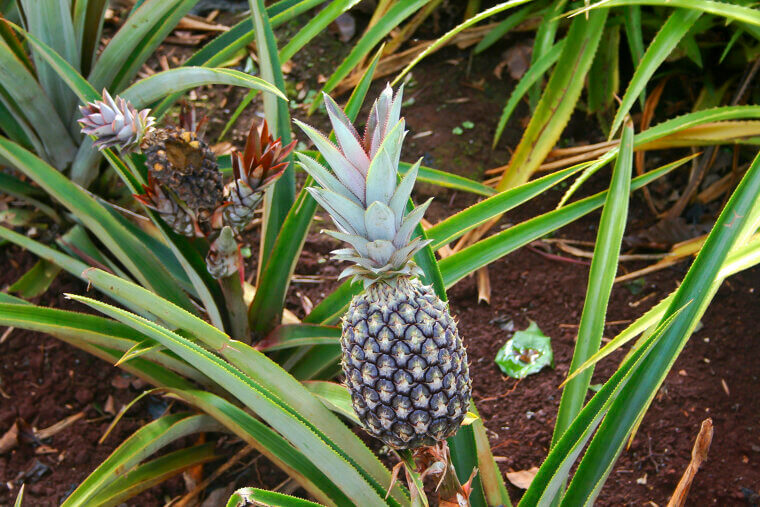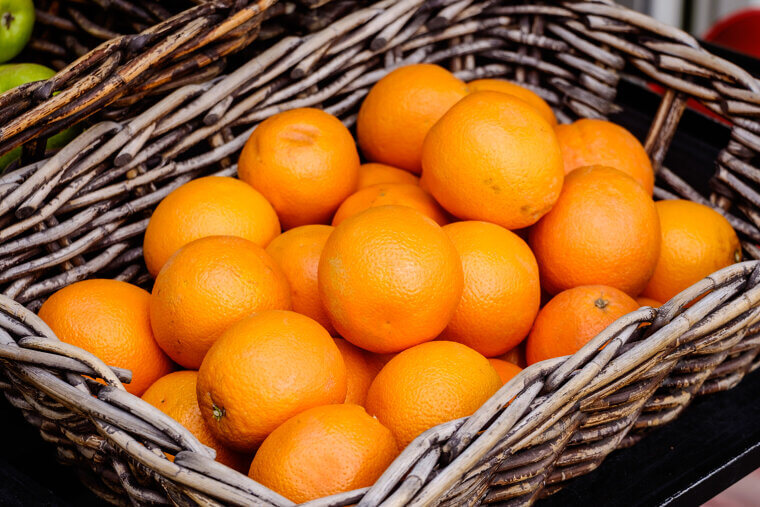Strawberries
Strawberries are a beloved representation of spring's abundance because of their vivid red colors and sweet, tart flavor. They are popular everywhere, whether they are eaten raw, in sweets, or as a colorful garnish. But some people may experience allergic responses to these delicious treasures.
Apples
Apples are one of the most loved fruits. Seriously! Who doesn’t love an apple in springtime? Most people believed this food to be healthy, and they’re right, but they can also trigger allergy symptoms. Don’t forget to always check your food ingredients before eating, as some dishes can contain apples without you knowing.
Carrots
Carrots' vibrant color and delightful texture made them a sensation in the spring. However, their well-known persona conceals the possibility of unanticipated allergic reactions. These nutrient-dense, low-key root vegetables can occasionally disturb delicate systems, serving as a poignant warning to exercise caution if you have allergies.
Almonds
With their rich, nutty flavor and delicious crunch, almonds are a beloved springtime snack. However, occasionally, an unforeseen allergic trigger can be concealed by their nutritional composition.
Cheese
With its alluring textures and aromas, cheese frequently takes center stage during vibrant spring celebrations. However, despite being a popular dairy treat, lactose-intolerant people can occasionally experience uncomfortable symptoms from it.
Apricots
Allergens are surprisingly hidden beneath the apricot’s fragile skin, which can occasionally disturb delicate digestive systems. This colorful fruit is a seasonal treasure that should be enjoyed with caution. You wouldn’t expect this tiny fruit to cause such a hassle, would you?
Celery
Celery is a great springtime addition as it adds a mild spice and crisp bite to everything from refreshing salads to comforting soups. However, there is a secret warning behind this widespread appeal: you can experience unanticipated allergic reactions to its natural ingredients.
Hazelnuts
Recipes are transformed by hazelnuts’ velvety texture, yet for others, this same pleasure can lead to an unwanted allergy trigger. No one wants that. So, while appreciating the seasonal craftsmanship of nature, remember that even beloved ingredients require prudence.
Eggs
We hate to break it to you, but eggs are one of most common allergens to exist. Nonetheless, for some people, egg allergies or intolerances are a gentle reminder that even commonplace favorites can occasionally hide hidden difficulties in our food.
Bananas
Bananas' inherent sweetness and creamy texture make them a popular addition to springtime dishes. They are frequently consumed as a quick and wholesome snack; however, sensitive people are at risk for allergies.
Green Peppers
In the spring, green peppers are the star of the show as they add a crunchy snap to any dish. Vibrant salads and stir-fries highlight their inherent freshness. However, these tasty vegetables might occasionally surprise you by having the potential to cause allergies, so be mindful before you eat this delicious vegetable.
Peanuts
Peanuts emerge as a popular snack and culinary secret when Easter comes, with many people turning to them for their rich, filling flavor. However, these favorites may cause unanticipated allergic reactions in certain people, so a cautious approach is advised. So, to be safe, enjoy this snack in moderation.
Fish
With their taste of the ocean, fish add a refreshing element to spring dishes and liven up any dish. However, those same proteins can have unanticipated effects on certain people. It serves as a gentle reminder that although nature provides us with many joys, our bodies can occasionally write the fine print.
Cherries
Cherries appear in dazzling clusters as spring progresses, their juicy flavor and red hues captivating every bite. They provide color to any meal, but they can cause surprising reactions in some sensitive systems. Avoid this fruit if you don’t like surprises.
Potatoes
With their earthy flavor and loved texture, potatoes make a filling base for springtime recipes. This well-known carb, however, may cause unforeseen sensitivities in certain people. As we celebrate Easter customs, their appealing simplicity serves as a reminder to pay close attention to our bodies.
Sesame Seeds
Sesame seeds are perfect for providing springtime baked products and salads with a lovely, crunchy, and nutty flavor. These tiny seeds, however, can cause severe allergic reactions in certain people. Their modest appearance might make you believe they’re harmless, but it is best not to assume.
Shellfish
Because of their delicate flavor and adaptability, shellfish are frequently featured on spring menus, but they can pose an unanticipated risk to certain people. Since shellfish allergies can range widely in severity, it's important to exercise caution. It’s best to try a small sample of Shellfish before eating a lot, as they’re a common allergen.
Kiwis
Kiwis are a bright springtime favorite, and their tart sweetness is a delight to the palate. However, their potential for allergies can occasionally outweigh their exotic appeal, particularly for people who are sensitive to their fuzzy skins or seeds.
Tomatoes
Tomatoes are an Easter mainstay in many recipes due to their vivid color and luscious texture. That being said, they may unanticipatedly cause discomfort for those who are sensitive. As a reminder that even the most brilliant foods can have complications, their acidic nature or particular proteins often cause responses.
Walnuts
Walnuts are prized for their strong flavor and nutrient-dense composition. But these popular nuts might cause allergic responses in people who are sensitive. Their inclusion in seasonal cuisines serves as a reminder of the value of awareness and balance.
Soy
Soy is a main ingredient in many spring meals. Although, its proteins lead to a triggering of intolerances for some people. With this, many restaurant dishes add soy to meals without making it clear, so if you’re allergic, be sure to clarify if your dish contains any soy before eating.
Mangoes
With their vivid sweetness and tropical flair, mangoes are massively popular in spring, yet certain people are at risk. These golden fruits, which can induce reactions ranging from moderate intolerance to more severe allergies, serve as a reminder to pay attention to our bodies when savoring the seasonal riches of nature.
Wheat
Wheat frequently plays a significant role in baking and cooking in the spring. As expected, there are quite a few people who are intolerant to wheat and have reactions to it. As you probably already know, wheat contains gluten, so avoid this food if you have any kind of gluten intolerance.
Watermelon
Watermelon captivates everyone with its luscious sweetness and moisturizing properties. However, some people may experience unanticipated allergic reactions as a result of its natural ingredients. So, this colorful fruit reminds us that even the most basic pleasures can call for attentive awareness, even as it provides a taste of seasonal joy.
Tree Nuts
Tree nuts are a common ingredient in both sweet and savory recipes because they add a rich flavor and crunch to dishes that are prepared in the spring. Examples of Tree Nuts include cashews and pistachios. Yum! They can, however, pose serious allergy dangers if you have specific allergies.
Nectarines
Nectarines provide a touch of refinement to springtime delicacies with their luscious sweetness and smooth skin. Although their vivid flavor makes them a favorite, sensitive people may occasionally experience adverse responses to them.
Spices
Everyone likes to add a pinch of spice to their meal. They give cooking not only flavour, but character. They can, however, lead to unanticipated sensitivities or allergic reactions in certain people. You could eat a small sample of a certain spice you would like to try to check for reactions.
Peaches
Peaches are a seasonal favorite because of their delicate texture and bright flavor, which adds a burst of juicy sweetness to the spring table. However, some people may experience allergic reactions to these sun-kissed fruits, serving as a reminder that even the most cherished product can need special care.
Honey
The sweetness and adaptability of honey, nature's golden nectar, make it a favorite in springtime cooking. Although honey's rich flavor complements many foods, it's important to note that certain people may experience allergic reactions to it because of pollen residue or bee-related sensitivity.
Pears
Pears are a popular addition to springtime recipes because of their delicate texture and subtle sweetness. You might be thinking, how harmful can a pear be? But you’ll be surprised to find out how many people are intolerant without realising it. As part of the season's plentiful offers, their understated charm promotes both enjoyment and attentiveness.
Legumes
These plant-based treasures, which range from chickpeas to lentils, are incredibly versatile. However, for some people, their natural substances might cause allergic reactions. So, don’t forget to watch for even a slight reaction after eating this food, and if you do, stop eating it right away.
Plums
A popular springtime delicacy, plums are adored by many for their juicy texture and taste. They are a favorite in seasonal snacks and desserts because of their rich texture and vibrant colors. But for some people, plums can cause allergic reactions.
Pineapple
With its bright acidity and tropical flavor, pineapple adds a splash of color to springtime recipes. From pastries to cool beverages, its succulent, golden flesh is a beloved. On the other hand, some people may experience allergic responses or oral discomfort as a result of the acidity in pineapple.
Oranges
Oranges are a delightful addition to springtime offerings as a result of their vivid citrus flavor. They are a favorite in both food and beverages because of their juicy segments and zesty aroma. Because of their strong natural flavourings, oranges can lead to severe reactions, so be careful when eating them.
Milk
Milk adds a creamy texture that goes well with any secret recipe in the spring. This ingredient is loved across the world, which is evident as it’s used in cooking, mixed into smoothies, or poured into coffee. However, it can be difficult for people who have a milk allergy or lactose intolerance.

